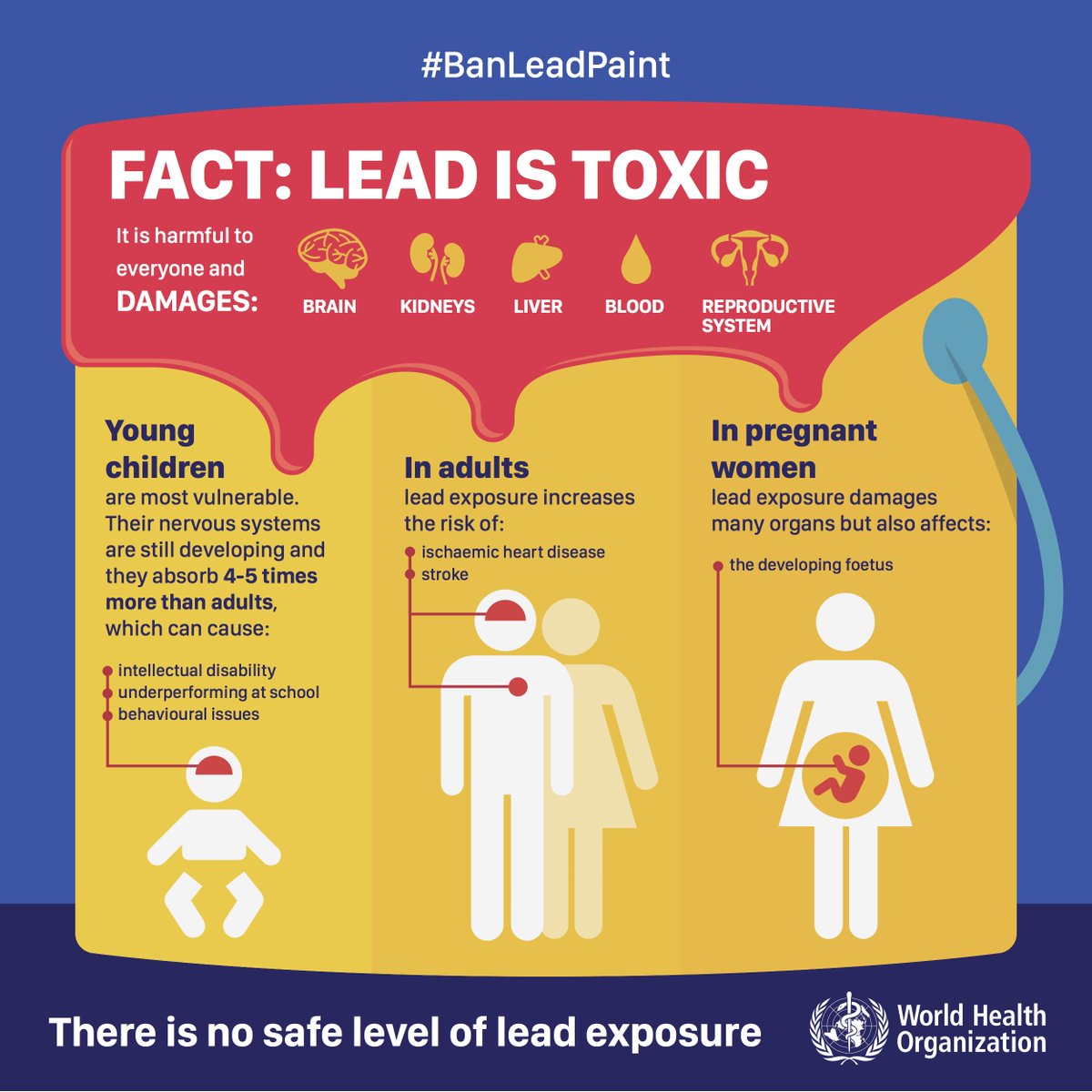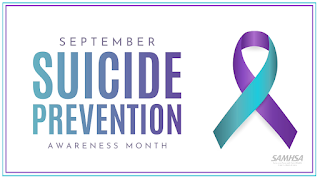Toxins and Traumatic Brain Injury
This week, several of my school psychology colleagues and I had the opportunity to talk with the district's Exceptional Children's Case Managers about Traumatic Brain Injuries. We discussed some of the functions of brain structures and how head injuries might "look" in a classroom setting. A TBI can often be an "invisible" injury, as the damage could occur internally, with no obvious outside trauma, such as skin bruising, fractures or other surgical scarring. The impacts of TBI also vary widely, and can impact children in many areas of development, including vision, hearing, language, motor, social-emotional, self-regulation, memory and learning skills.
One of those"invisible" injuries involves exposure to toxic substances, including lead. There's no fall or bump on the head, but the impacts of of lead exposure can be very significant. The recent media attention on the water crisis in Flint, Michigan has brought the issue of lead toxicity into the national spotlight. The World Health Organization (WHO) developed this infographic on lead exposure:

We were delighted to have the opportunity to interact with our friends in the Exceptional Children's department to exchange information on the topic of Traumatic Brain Injuries. This partnership will increase our district's ability to identify those children who may have experienced a Traumatic Brain Injury, so that we can all work together to ensure that those students receive the educational and behavioral supports they need.




Comments
Post a Comment